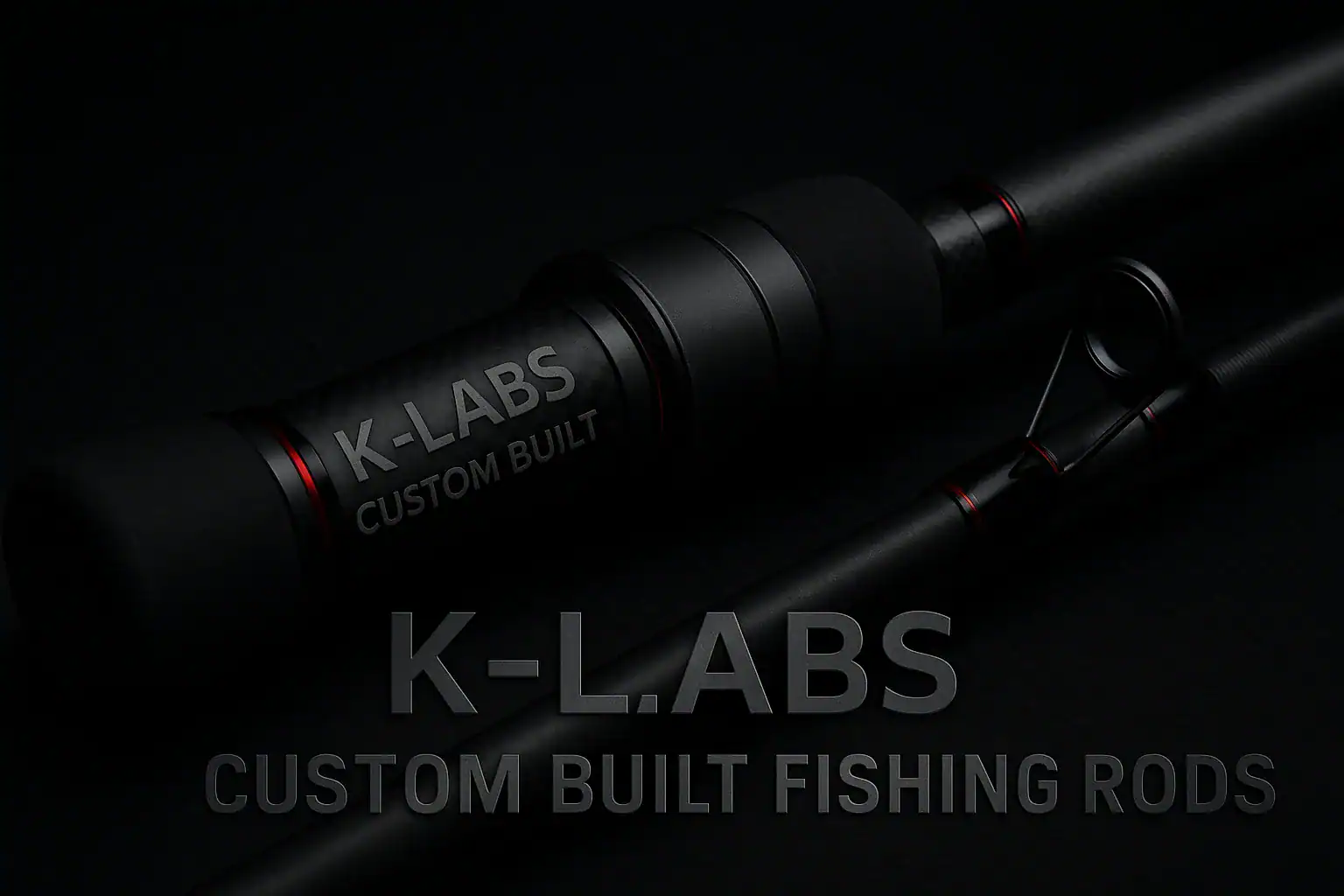Fishing rods are built to withstand the pressures of a good fight, but improper handling can lead to frustrating breakages. Most rod damage is preventable with proper care and technique! The key is knowing how to avoid common mistakes like high sticking, point loading, dropping, knocking, chipping blanks, and overloading. Below, we break down these issues and how to prevent them, so you can fish with confidence and keep your rod in top condition.
1. High Sticking (aka Point Loading)
High sticking is the #1 cause of rod breakage. It happens when you lift the rod at too steep an angle—typically beyond 60–70 degrees—while under load. This focuses all the stress into the top third of the blank, which is the weakest part of the rod.
If a rod breaks in the top section, it’s almost always from incorrect loading—usually due to high sticking. And really, why try to lift a fish with the weakest part of the rod?
What to do instead:
- Keep the rod angle lower so the full blank can flex and absorb the load.
- Let the rod do the lifting, not the reel. The reel is not a winch!
- Never boat a fish by lifting with the rod—grab the leader or use a net.
2. Dropping and Knocking
Dropping your rod or knocking it against hard surfaces like rocks or the boat can cause immediate or long-term damage. The graphite blanks in many rods are delicate, and even small impacts can cause cracks or weaken the structure.
What to do instead:
- Always place your rod carefully when not in use.
- Use rod holders when moving or storing rods to keep them protected.
- Be mindful of your surroundings to avoid dropping or knocking your rod.
3. Chipping Blanks
Chips on your rod blank may seem like small damage, but they can weaken the rod and cause it to break when under pressure. Even small nicks or scratches can compromise the blank’s integrity.
What to do instead:
- Inspect your rod regularly for any damage, especially after a long fishing session.
- Store your rod in a protective tube or case when transporting.
- Avoid letting your rod contact rough surfaces unnecessarily.
4. Overloading the Blank
Overloading occurs when you put more pressure on the rod than it’s designed to handle, often due to using a line that’s too heavy for the rod or trying to lift a large fish with too little support. This puts excessive strain on the blank and can lead to breakage.
What to do instead:
- Match your rod with the appropriate line class and ensure the drag on your reel is set correctly for the species you’re targeting.
- Use proper technique to fight the fish and avoid forcing the rod to take too much pressure.
- Don’t try to lift a fish by cranking on the reel; let the rod do the lifting.
5. Hooping
Hooping is when the rod bends too far and loses its round shape, becoming oval horizontally. This happens when the rod is overloaded and stressed beyond its design limits, leading to permanent deformation. It’s not just a matter of bending the rod too sharply—it’s about overloading it until it can’t maintain its structural integrity.
What to do instead:
- Never put excessive pressure on the rod by trying to force it into too deep a bend.
- Pay attention to how the rod is bending while fighting a fish, and adjust your technique if needed.
- Always use the full power of the rod, from butt to tip, to absorb the load evenly.
6. Improper Transport and Storage
Transporting your rod incorrectly can cause damage, especially to the tip. Always store your rod properly and avoid putting it under unnecessary pressure during travel.
What to do instead:
- Use rod tubes or cases for protection when transporting your rods.
- Store rods vertically in a secure spot to avoid unnecessary bending or pressure on the blank.
- Never lean your rod against a hard surface or in a way that could cause stress to the blank.
Tested for Quality: Every Rod Is Checked Before Shipping
At K-Labs, we don’t just build great rods, we also rigorously test each one before it leaves our workshop. Every rod undergoes a series of stress tests and load tests to ensure that it can handle the toughest conditions and the hardest fighting fish. You can be confident that your K-Labs rod is built to last because we don’t just make rods; we make rods that perform.
Final Thoughts: Take Care, Fish Smart!
By taking care of your rod and using the right techniques, you can avoid most common forms of rod damage. Remember: slow and steady wins the race when it comes to protecting your gear! Most damage is preventable if you treat your rod with respect and handle it properly. Keep these tips in mind, and you’ll be fishing confidently with a rod that’s built to perform.
K-Labs Custom Built Fishing Rods
www.klabs.co.nz
